
Mar 16, 2018
Ashok Selvam and Daniel Gerzina | Eater Chicago | March 14, 2018
Chicago’s food and beverage industry netted 10 nominations this morning when the James Beard Foundation announced its finalists for the 2018 awards from Philadelphia. Boka Restaurant Group scored the most of the city’s finalist nominations as Rob Katz and Kevin Boehm’s company — which runs restaurants including Boka, Stephanie Izard’s Girl & the Goat, and Momotaro — were recognized four times, including for Outstanding Restaurateur.
Last year, 10 Chicago-related restaurants, chefs, and bartenders also made it to the finalists’ round. Twenty-eight were Beard semifinalists this year, as revealed in February. The awards ceremony, known as the “Oscars of the food world,” will take place on May 7 at the Lyric Opera of Chicago for the fourth-straight year.
Chicago chefs were nominated 13 times as semifinalists in the Best Chef: Great Lakes category which covers Illinois, Indiana, Michigan, and Ohio. All five finalists are from Chicago: Andrew Brochu (Roister), Abe Conlon (Fat Rice), Beverly Kim and Johnny Clark (Parachute), David and Anna Posey (Elske), and Lee Wolen (Boka). For Conlon, Kim and Clark this was their second-consecutive year they were named finalists. For Wolen, it was his third-straight finalist nomination. Sarah Grueneberg (Monteverde) won the award last year.
Tony Mantuano (Spiaggia) and Carrie Nahabedian — who recently announced the relocation of Naha — didn’t make it to the list of finalists for Best Chef. Chicago was also shut out of all of all of the beverage categories, so Lost Lake, The Boarding House, and Charles Joly did not move on to the finalist round. Meanwhile, HaiSous and Mi Tocaya Antojería didn’t make it as finalists in the Best New Restaurant category.
CONTINUE READING
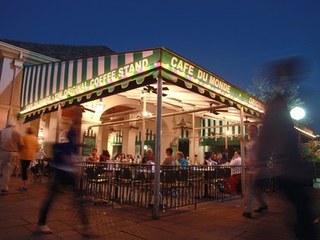
Mar 10, 2018
Kellie Ell | CNBC | February 18, 2018
For better or worse, new eateries and the attention they attract have turned the restaurant business into a boom town, restaurateur David Chang told CNBC in a recent interview.
Chang, who owns 23 restaurants around the globe in such cities as New York City, Los Angeles, Sydney and Toronto, recalled a time when it wasn’t always this way. He spoke to CNBC from Pyeongchang, South Korea, the site of this year’s Winter Olympics.
“I remember trying to find leases and people were like, ‘No. We don’t want a restaurant in our building. It’s going to decrease the value because of problems with smells or whatever,'” Chang said of the first restaurant he tried to open back in 2004 in New York City. “And now, everyone wants a restaurant. Restaurants now are anchor tenants in buildings. That’s a joke.”
Today, restaurants and food establishments might occupy between 20 and 40 percent of a shopping center. A decade ago it was closer to 10 or 15 percent, according to commercial real estate and investment giant CBRE Group.
Gone are the days when the public embraced a (now largely debunked) myth that the overwhelming majority of new restaurants fail in the first year. “The problem is, there are too many restaurants,” Chang said.
“The whole idea that food is hotter than ever before because people just realize that with the younger generation, that’s where marketing dollars, real estate dollars, everything is coinciding with how people eat,” the Korean-American chef told CNBC
CONTINUE READING
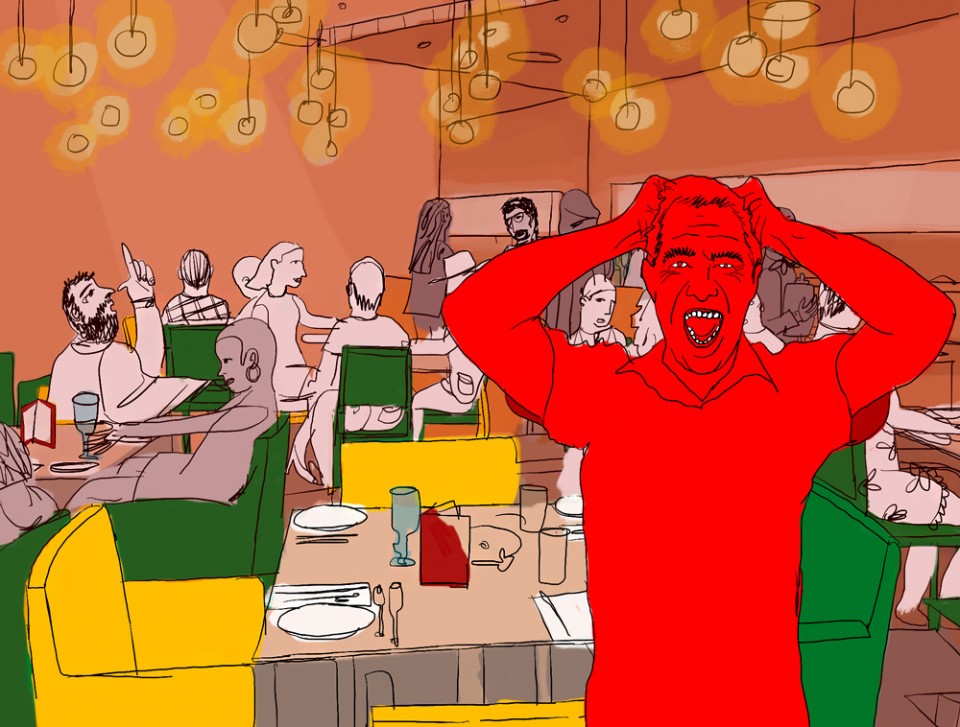
Mar 2, 2018
Sarah Butler | The Guardian | February 24, 2018
The declining fortunes of restaurants have prompted headlines recently, with 12 branches of Jamie Oliver’s Italian chain having shut their doors and other major outlets admitting to feeling the pinch. But some owners are fighting back. Restaurateurs from independents to major chains are naming and shaming “no show” guests, requiring deposits and even selling tickets for tables.
Damian Wawrzyniak, owner of House of Feasts in Peterborough, launched a campaign to combat “no shows” after he said they cost his business £3,000 in just one weekend.
Several high-profile independent restaurants revealed that they had lost hundreds or thousands of pounds to Valentine’s Day no shows: some, including the Cauldron in Bristol, named and shamed them on social media. At Marcus Wareing’s Tredwells in central London, 20 people didn’t turn up, while Bar 44 in Cardiff said 16 tables were left empty.
Now the Casual Dining Group, which owns the Bella Italia, Café Rouge and Belgo chains, is backing the campaign. James Spragg, its chief operating officer, said: “This is an issue we are going to support.”
He said no shows would once make up only 5% of bookings but could now be as high as 15% on some nights.
Spragg added that it was difficult for a mid-range chain to take deposits except at Christmas, but the group was considering asking for a small deposit, say £5 a head, for parties of six or more, with a chance to cancel up to 48 hours before. The scheme could be tested in the next few months.
He said the issue was being fuelled by online booking services, which allowed diners to book a table from their phone with a click. “It’s so much easier for people to book that they are booking two or three restaurants, and only turning up at one,” he said.
CONTINUE READING
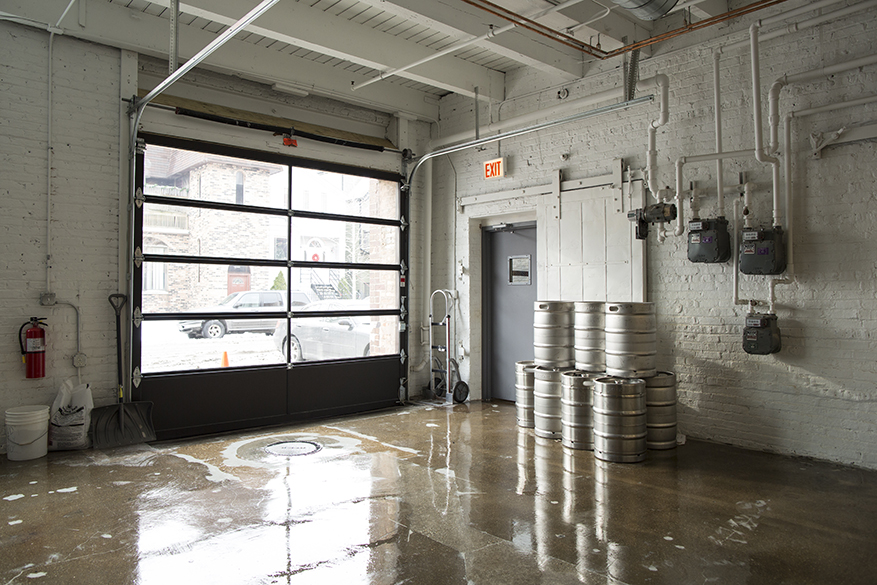
Feb 23, 2018
Brigid Sweeney | Crain’s Chicago Business | February 9, 2018
Jason Klein and Brad Shaffer, buddies since their 9-year-old hockey-playing days in the northwest suburbs, started talking about opening a bar in 2009. But after assessing the competitive landscape and the capital required, they nixed the idea. At the time, Klein was a dedicated Miller Lite drinker.
Today, his drinking habits and career ambitions have shifted considerably. Klein, 35, and Shaffer, 34, own Spiteful Brewing, a two-month-old brewery and taproom next to Half Acre Beer in the city’s Bowmanville neighborhood. More than a decade after its founders opted out of the bar scene, Spiteful is one of the small, no-frills taprooms that are gaining fans and making traditional taverns and Big Beer nervous.
“The beer category has been soft the past couple of years, and on-premise (the industry term for bars, stadiums and other places people consume booze) has been down while taprooms have been gaining in prominence,” acknowledges Pete Marino, president of Chicago-based MillerCoors’ craft and import division. “It’s been a zero-sum game.”
The number of taprooms—similar to brewpubs, minus the restaurant component—has exploded over the past decade as states have amended laws, allowing small brewers to distribute directly to consumers.
In Illinois, a 2011 law gave small brewers the right to self-distribute 7,500 barrels a year, provided they made no more than 15,000 barrels annually. (It’s tough to estimate the number of taprooms in Illinois because, though they’re regulated, they’re not tracked as a separate category by the state. There are an estimated 6,000 craft breweries in the country.) The law has twice been amended to take into account breweries’ rapid growth; today, brewers can self-distribute as long as they produce fewer than 120,000 barrels each year.
That’s led to the demise of some neighborhood bars, data suggests. The national number of “on-premise drinking establishments” has fallen 6.3 percent since 2010, to 43,118 last year, per the Bureau of Labor Statistics. Traffic to these places fell 3.6 percent in 2017, according to Nielsen data analyzed by MillerCoors. At the same time, an estimated 9 percent of national bar traffic is now going through taprooms and brewpubs. In Chicago, it’s 12 percent.
CONTINUE READING
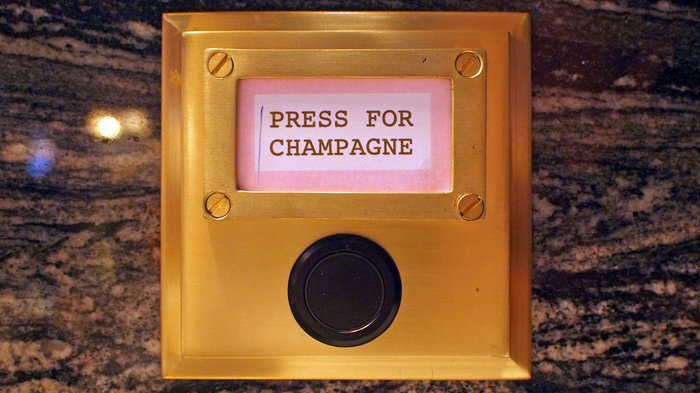
Feb 9, 2018
Samantha Raphelson | NPR | February 6, 2018
If you’ve ever tried to catch an Uber on a rainy day during rush hour or after the ball drops on New Year’s Eve, you’re familiar with dynamic pricing. That’s when the price of a ride costs more or less depending on the demand for drivers.
The pricing strategy has long been used by other sectors of the travel industry, such as airlines and hotels, to balance supply and demand, and last month, a luxury restaurant in London rolled out a similar model.
Bob Bob Ricard, the high-end Soho restaurant where every table has a Champagne call button, is now charging 25 percent less for its à la carte menu during “off-peak” times and 15 percent less during “mid-peak” times. Menu prices will remain the same at more popular dining times, such as Wednesday through Sunday dinner, when the average meal for two costs about $139.
The restaurant made the change to attract customers who don’t often eat at luxury restaurants because the prices are too high, says Leonid Shutov, owner and founder of Bob Bob Ricard.
“We’re a special-occasion restaurant, so people don’t come to us because they’re hungry. People come to us because they’re looking to celebrate,” he tells Here & Now’s Jeremy Hobson. “We’re saying on days when there’s less demand generally for high-end luxury restaurants, we’ll give you a reason to consider coming to us on those times.”
The strategy is working. The number of customers has nearly doubled during the quietest times, Shutov says.
CONTINUE READING
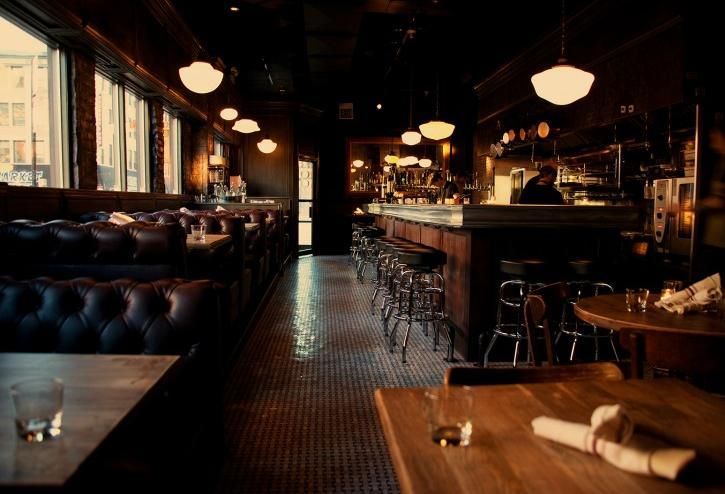
Jan 26, 2018
Chuck Sudo | Bisnow Chicago | January 25, 2018
When John Manion opened La Sirena Clandestina on Fulton Market in 2012, the one thing he was certain about in the lease was the rent was perfect for a chef opening his first restaurant. “I was only a cook before. I’ve learned all of this on the fly,” Manion said. Six years ago, chefs like Manion looking to strike out on their own could choose from an array of small restaurant storefronts in the area.
Manion took over an existing lease on the La Sirena space at a time when the Fulton-Randolph Market District was home to a handful of notable restaurants, and rents in the area topped out in the $20/SF range. Today, rents in the area are nearly three times that, and now that Fulton-Randolph has emerged as Chicago’s hottest restaurant district, it is dominated by a handful of larger restaurant groups. The rents are one reason smaller restaurants are struggling to stay in business, and why even proven restaurateurs are seeking space outside of the neighborhood.
An Explosion Of Rent Growth
Asking rents for Fulton-Randolph restaurant space last year averaged between $40/SF and $50/SF, according to research from Quantum Real Estate Advisors. Some landlords are asking for — and receiving — $100/SF rents. With those rates, most of the new restaurants entering the market have been high-profile openings from established restaurant groups like Boka Restaurant Group (Girl & the Goat, Momotaro, Swift & Sons), Hogsalt Hospitality (Au Cheval, Maude’s Liquor Bar), One-Off Hospitality (Blackbird, Avec, The Publican), Heisler Hospitality (Lone Wolf, Bad Hunter) and Rick Bayless’ Lena Brava and Cruz Blanca Brewery & Taqueria.
In addition to increased asking rents, startup costs in the restaurant industry are high, rising property values have restaurants on the hook for more property taxes, and restaurants are paying higher wages and benefits while contending with a shrinking labor pool for job openings. This confluence of factors is forcing new and old restaurants out of business. Perez Mexican Restaurant, one of the oldest restaurants in Fulton-Randolph, closed its doors in September after 33 years on Randolph Street. De Cero shuttered its doors after 15 years in business.
CONTINUE READING






